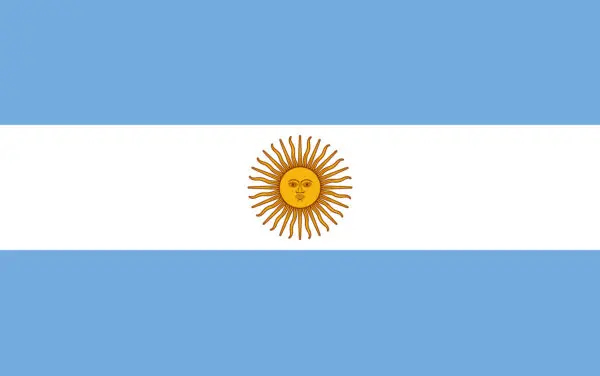Heart disease and stroke are two of the leading causes of death worldwide, and their impact on individuals and communities cannot be underestimated. These conditions, often referred to as cardiovascular diseases, affect the heart and blood vessels, leading to serious health complications. Understanding the risk factors, symptoms, and preventive measures associated with heart disease and stroke is crucial for promoting a healthier society.
Heart disease encompasses a range of conditions that affect the heart’s structure and function. It can manifest as coronary artery disease, heart failure, arrhythmias, or valvular heart disease. According to the World Health Organization, “Stroke occurs when the blood supply to the brain is interrupted, leading to brain cell damage or death.” Both heart disease and stroke share common risk factors, including high blood pressure, high cholesterol levels, smoking, obesity, diabetes, and a sedentary lifestyle.
Recognizing the warning signs of heart disease and stroke is vital for early intervention and treatment. According to the World Health Organization, “Symptoms of heart disease may include chest pain, shortness of breath, fatigue, dizziness, and palpitations. Stroke, on the other hand, may present as sudden weakness or numbness on one side of the body, difficulty speaking or understanding speech, severe headache, and loss of balance or coordination.” Prompt medical attention is crucial when these symptoms arise, as it can significantly improve the chances of recovery and reduce the risk of complications.
Prevention plays a key role in combating heart disease and stroke. Adopting a healthy lifestyle that includes regular exercise, a balanced diet, and avoiding tobacco and excessive alcohol consumption can significantly reduce the risk of developing these conditions. According to the World Health Organization, “Regular check-ups with healthcare professionals can help identify and manage risk factors such as high blood pressure and cholesterol levels.” Additionally, raising awareness about the importance of early detection and treatment through educational campaigns and community initiatives can contribute to reducing the danger of heart disease and stroke.
In conclusion, heart disease and stroke are significant health challenges that require attention and action. By understanding the risk factors, recognizing symptoms, and implementing preventive measures, we can work towards reducing the prevalence and impact of these conditions. Promoting a heart-healthy lifestyle and ensuring access to quality healthcare are essential steps in the fight against heart disease and stroke. Together, we can make a difference and protect the well-being of individuals and communities worldwide.
















